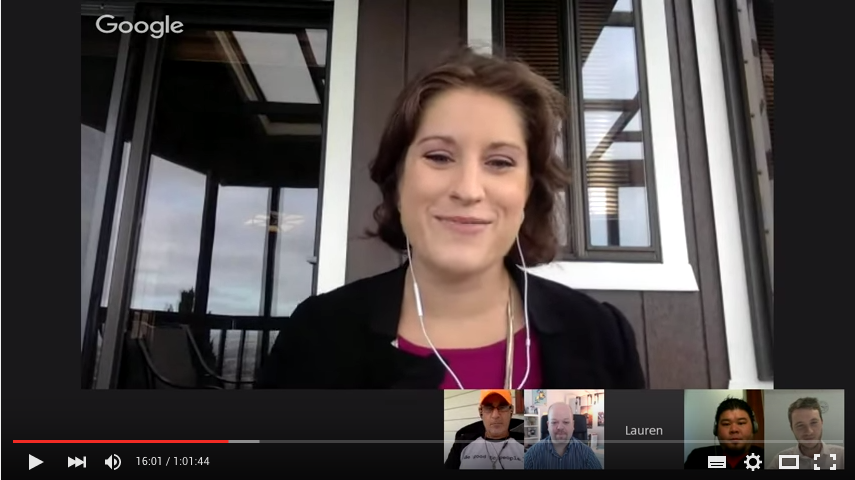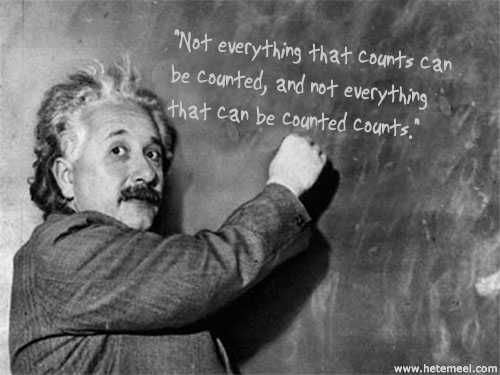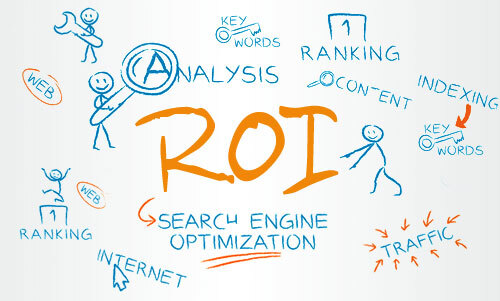As a marketer, ROI (return on investment), defines the success of a campaign, and informs decision-making and budget creation all the way throughout the enterprise up to the C-suite.
Without ROI, it can be difficult to report the success or failure of a campaign, especially for social media activities.
Unfortunately, many marketers struggle to measure the ROI on their social media marketing efforts – because they don’t know how or simply don’t have the resources and tools to do so.
According to recent industry reports, How do I measure social media ROI? is one of the top five social media marketing questions.
To help answer this pressing question, on Tuesday we hosted our second Influencer Hangout, focusing on Connecting social to dollars and measuring social ROI. The one-hour long discussion was facilitated by our very own Joel Windels, who was joined by four top industry influencers: Lauren Perkins, Ted Rubin, Mike Allton and Eric T Tung.
 In case you missed it, here’s an overview of the main highlights and learnings we extracted, so let’s crack on!
In case you missed it, here’s an overview of the main highlights and learnings we extracted, so let’s crack on!
What is social media ROI?
Measuring social ROI is a complex process which ideally, should be started by deciding what you are trying to achieve and setting expectations. Lauren explains: “It’s important to create a mindset that is outcome driven, and outcomes can be a lot of different things. There is a spectrum of hot to cold goals that can be achieved”.
Establish which are the objectives that can be reached short-term that will help you make an impact. Decide which are the results your managers/c-suite really want, but require a longer timeframe to complete.
“The problem is that when you’re building a brand, it takes time, and although social media lives on digital platforms, it’s actually not digital. It doesn’t perform the way digital does, it doesn’t have a direct line from action to result and to think about it more as relationship building, building trust, building loyalty” – Ted Rubin.
 When discussing the relationship between the qualitative (quality of engagement, influencers you build relationships with, social interactions, etc.) and quantitative measurements (cost savings, revenue, etc.) of social ROI, and which one has a more powerful impact, Lauren explains:
When discussing the relationship between the qualitative (quality of engagement, influencers you build relationships with, social interactions, etc.) and quantitative measurements (cost savings, revenue, etc.) of social ROI, and which one has a more powerful impact, Lauren explains:
“What I’ve noticed is that if the qualitative metrics lead, you will get the quantitative results that you’re looking for. If you’ve got those relationships, you build trust and value, then you can ask people to do things you want them to do, or they simply do it because of the strong relationship you’ve built with them” – Lauren Perkins
Should we track ROI individually for each social platform or is it better to report on social ROI as a whole?
Our guest speakers agreed that analysing each social media platform individually and comparing them against each other can bring multiple benefits.
As Mike points out, “Social platforms definitely need to be tracked separately as each of them has its own strengths, target audience and key benefits. Facebook is going to address a specific business whilst Google+, for example, can be used for something extremely different”.
Building upon that, Eric explains: “Speaking about Google+, a lot of people are still on this platform just for the SEO benefit, so correlating that to dollars isn’t an easy job. Take a look at who’s actually on each of your social media platforms and how that can actually fold into your grand scheme of your social strategy”.
Is it worthwhile measuring the ROI of social media, or is it something that can’t be measured in money?
One interesting idea that was brought up outlined that the value of social can, indeed, be measured in dollars, but it doesn’t always have to be how much cash comes out of it, on the contrary, marketers should start analysing the social outcomes from a different angle: How much money are they actually saving thanks to social media?
 According to Ted, “customer service should be and can be your best marketing channel. It’s the best place to build relationships and engage with customers. We have all heard it costs 10 times as much to get a new customer as keep a current customer, but beyond that, turning those customers into brand advocates will definitely make a difference and help your brand stand out.”
According to Ted, “customer service should be and can be your best marketing channel. It’s the best place to build relationships and engage with customers. We have all heard it costs 10 times as much to get a new customer as keep a current customer, but beyond that, turning those customers into brand advocates will definitely make a difference and help your brand stand out.”
How do you choose the best tools that can help you measure social ROI?
Selecting the best tools aimed to help you measure social ROI should be based on what your end goals are.
“ If it’s direct sales, there are a lot of available tools that track social all the way into your CRM, they can track every single social mention and interaction you had, first touch/last touch, all the way through conversion, whether that’s a sale, newsletter signup, white paper download, whatever the case is. There’s tons of different metrics that you can track, but the challenge is picking the ones that you want to tell the story of, the ones that make most sense for your organization” – Eric T. Tung
What is the most common mistake marketers make when measuring social ROI?
It’s time to be bolder with your content and strategies, stand up for what you think it’s the right way to go forward, whether you’re talking to the c-suite or to the rest of your team.
“One of the cool things that I love using social media for is for testing. Sometimes it’s gonna work and sometimes it’s not, and that’s why measuring results is always challenging. If you’re going to test correctly, you should be making sure that no matter the results, you’ll learn something. At the very least, you learn what not to do, right? So that should be at the core of everything we do” – Mike Allton.

When does social data and social listening tools become relevant when talking about ROI?
There was common agreement that using social listening platforms can have an extremely powerful impact on the quality of your ROI measurements. Ted pointed out that listening to your customers on social can help brands affect sales: “observe what your community is talking about on social, what their pain points and needs are and jump in the conversation, lend some answers, make yourself useful”.
Building upon that, Eric describes another key benefit of social listening: “Whenever someone posts a negative comment to your brand, you can respond instantly on social and hopefully save that relationship. Responding to a negative comment on social and solving a problem can help brands turn disgruntled customers into brand advocates, even though they’ve had a negative experience”.
People are likely to promote you via their social channels if you’re responsive, show you care and you’re there to help fix their problems.
Lauren sees social analytics platforms, such as Brandwatch, as “one of the most useful and cost effective ways of understanding what is happening with your customers”.
Summing up, when it comes to measuring ROI, “you just have to get started” is one of the top tips that were shared during the hangout.
As Lauren explains, giving yourself a deadline, having a hypothesis and standing behind it is crucial, your strategy doesn’t have to be perfect, keep testing and you’ll learn what works best along the way: “Keep a positive attitude and the relationship building needs in mind and you’ll be able to bring together that mix of quantitative and qualitative that helps the business and still delivers value”.



